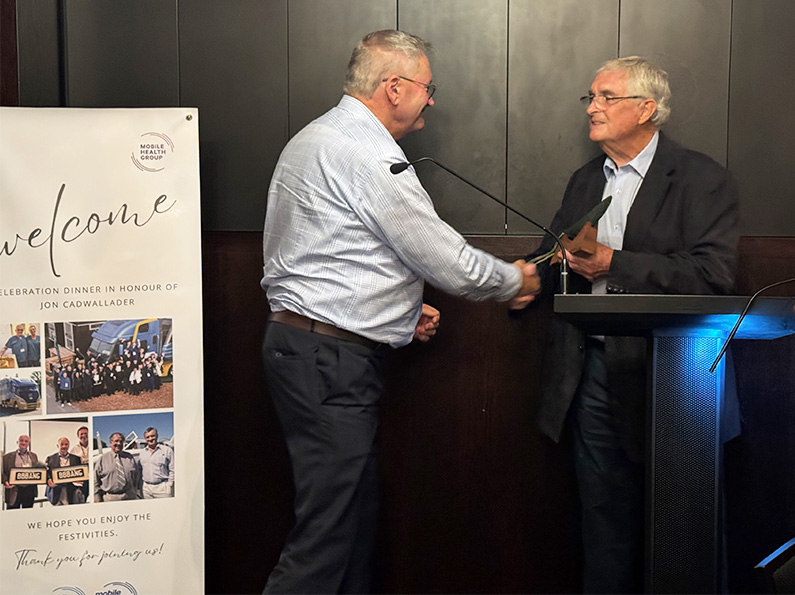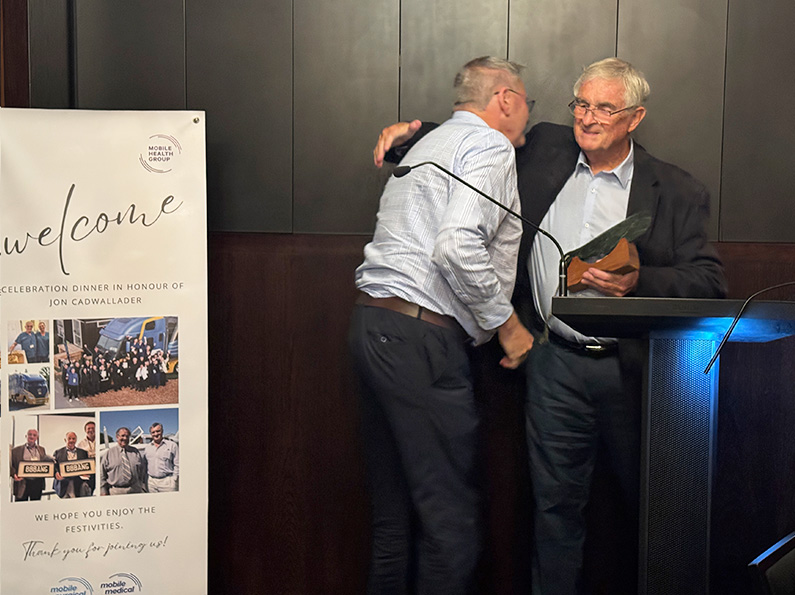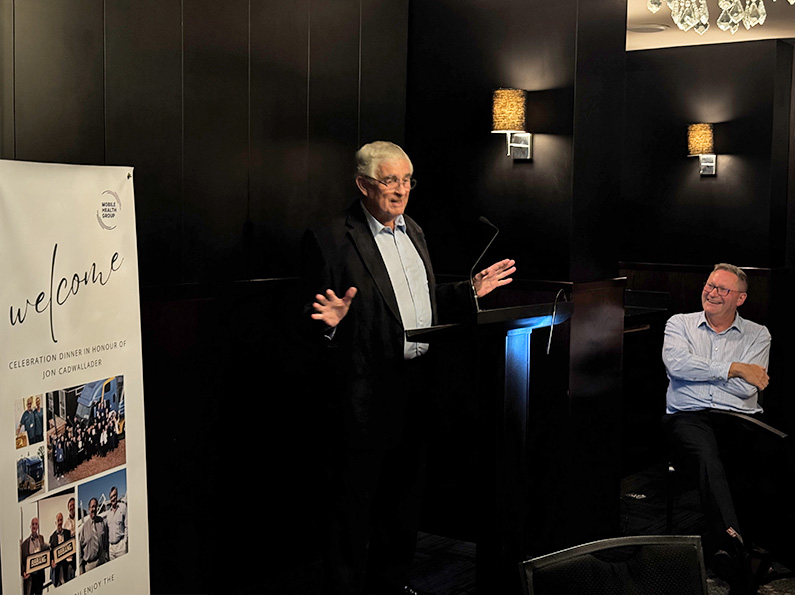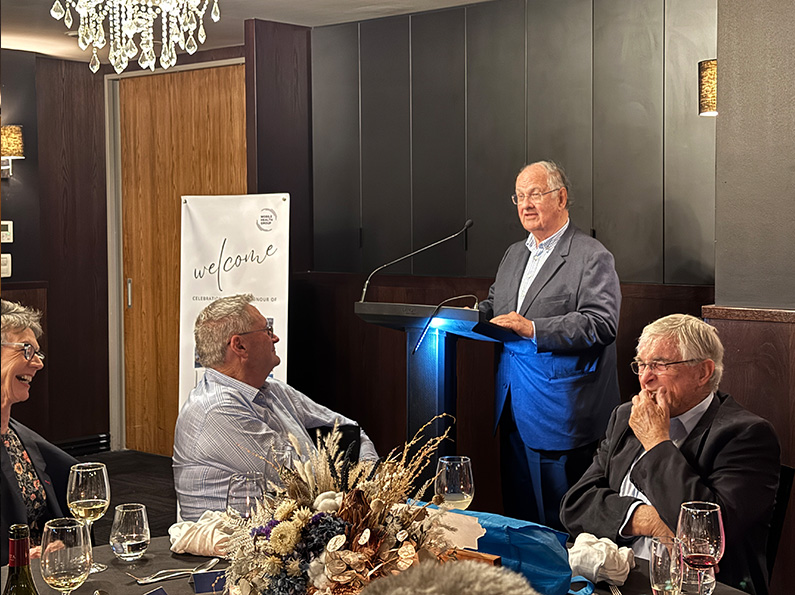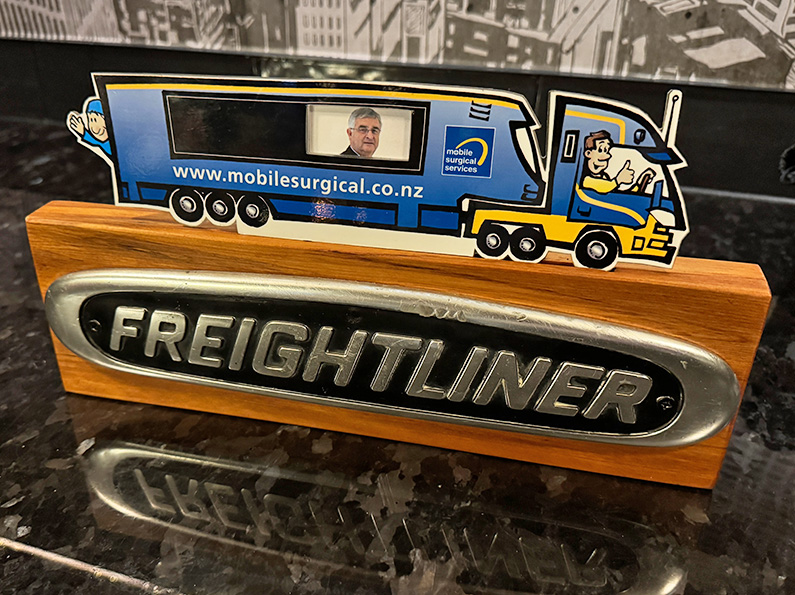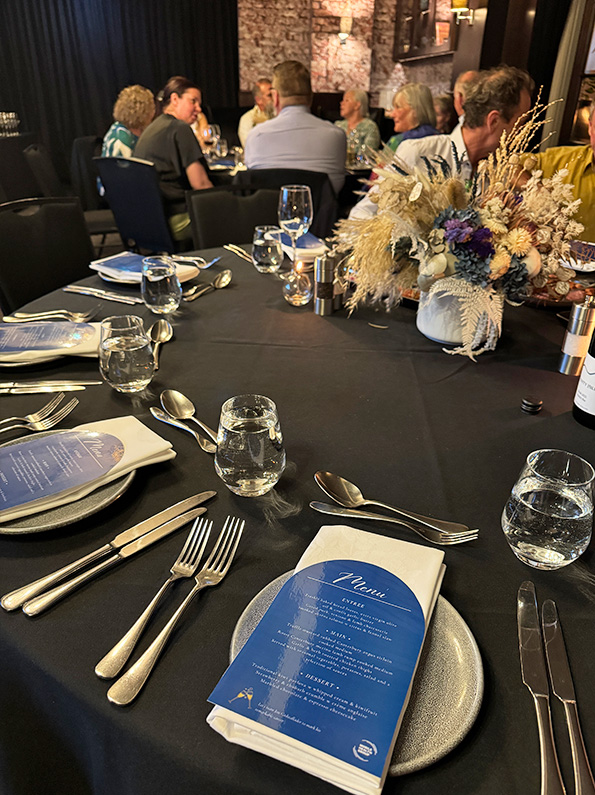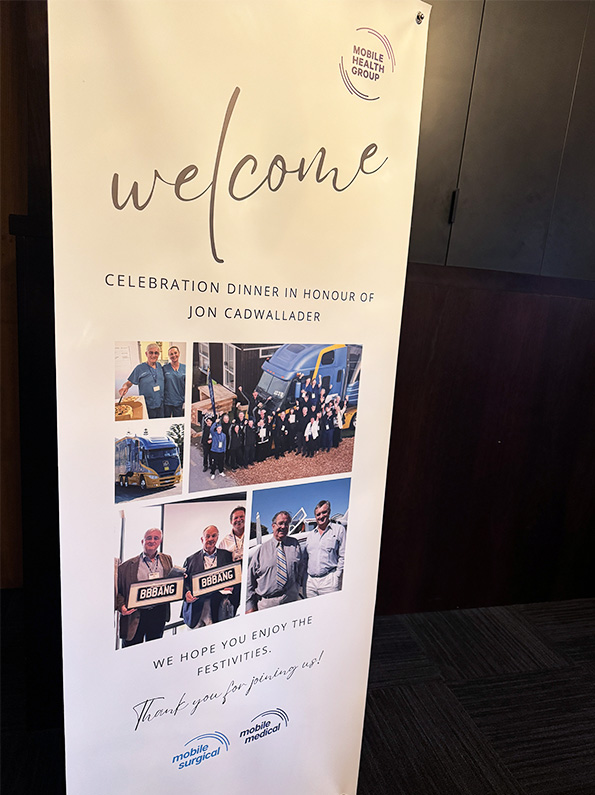
Northland nurse Andrea Nixon awarded Maggie Burn Scholarship
Northland nurse Andrea Nixon awarded Maggie Burn Scholarship
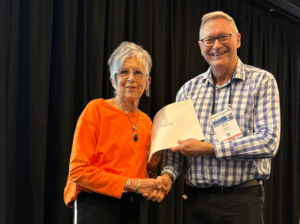
Whangārei-based nurse Andrea Nixon has been named the 2025 recipient of the Maggie Burn Scholarship. Sponsored by Mobile Medical and awarded by the New Zealand Urological Nurses Society (NZUNS), the scholarship will support Andrea’s upcoming trip to Edinburgh, where she’ll help launch EFUNCore – a global Core Educational Framework for Urology Nursing.
The annual scholarship, which supports postgraduate study, advanced clinical training, or attendance at urological conferences or department site visits, honours the late Maggie Burn – a respected clinical nurse specialist known for her expertise, compassion, and tireless commitment to the profession.
Andrea’s career exemplifies those same values. Spanning more than five decades, her contribution to urological nursing in New Zealand is pioneering and profound. Based in Whangārei, the Clinical Nurse Manager works alongside her husband, Urologist Tony Nixon, at Cardinal Points Specialist Clinic. Together, they have delivered public and private urology outpatient services across Northland, earning a reputation for high-quality care in their community. Their roots in the region run deep both professionally and personally. They enjoy the family life that Northland offers and are proud grandparents to eight grandchildren – “Who love spending time fishing on the water at Teal Bay with Grammy and Poppa,” she shares.
Andrea’s work has gone far beyond clinical service. Working alongside Tony, she has coordinated numerous research trials focused on prostate cancer, overactive bladder, Peyronie’s disease, and intraprostatic light therapy. These trials contributed to the clinical use of VESIcare (a medication used to treat an overactive bladder), while others helped refine treatment strategies for metastatic prostate cancer. “The approach to trial selection was simple. It had to improve outcomes or be interesting enough to explore.”
She reflects on the courage of patients who participated in trials, even in advanced stages of illness. “They’d say, ‘I’ve got nothing to lose – maybe this helps the next guy.’ Their bravery was incredibly humbling.”
Andrea and Tony also focused on expanding access to care closer to home. In their first year, when a patient was told they’d need to travel to Auckland for intravesical BCG (a treatment for early-stage bladder cancer), Tony proposed offering it in Northland. Andrea’s response: “Of course we will.” And they did!
A career filled with milestones began in 1990, when she became Palmerston North’s first practice nurse to undertake cervical screening, becoming a member of the Ministry of Health cervical screening task force. This led to the setup of the National Cervical Screening Register, where Andrea facilitated the first training programme for practice nurses in Palmerston North.
A member of the New Zealand Urological Nurses Society (NZUNS) committee since 2008, Andrea became their chairperson in 2013 for six years. During this time, she was also the President of the Australia and New Zealand Urological Nurses Society (ANZUNS). Andrea also helped establish the combined New Zealand urologists and urology nurses conference in 2013, now a key event in the professional calendar.
“In 2019, I was awarded life membership to NZUNS and received the inaugural Urological Society of Australia and New Zealand Award for Contribution to New Zealand Urology by a Urological Nurse.”
With the support of the Maggie Burn Scholarship, Andrea will travel to Edinburgh this month to represent New Zealand at the official EFUNCore launch, held alongside the BAUN (British Association of Urological Nurses) Annual Conference. “This scholarship is helping make that possible. It’s a privilege to be part of something that will shape the future of urological nursing worldwide.”
Despite her many accolades, Andrea remains focused on supporting others, especially empowering rural nurses, district nurses, and GPs through webinars and educational resources. “We’re stronger when we learn together.”
To those entering the field, Andrea offers simple advice: “Join NZUNS. Go to conferences. Reach out to your colleagues. The best thing I ever did was connect with other nurses who were willing to share their knowledge.”
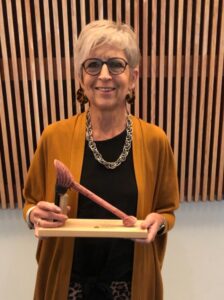
Pictured: Andrea in 2019 with the USANZ Award for services to urology by a urology nurse.
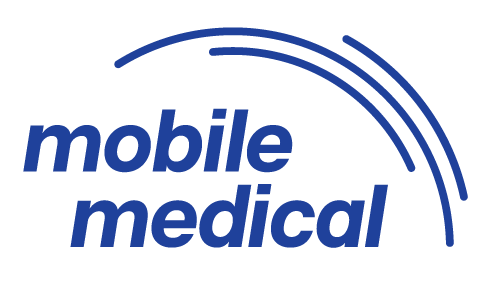
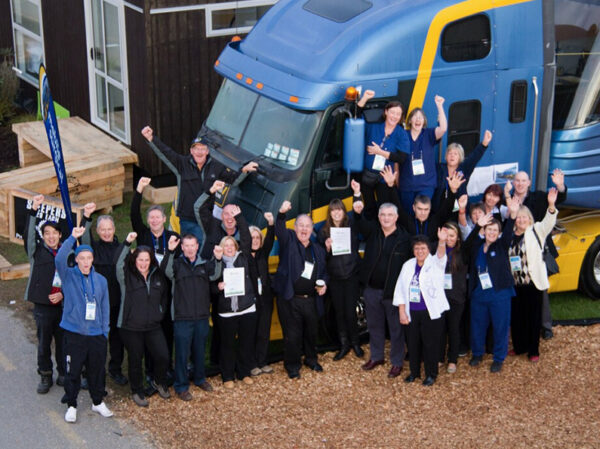

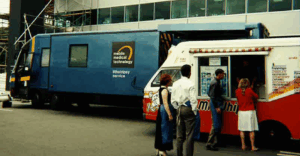
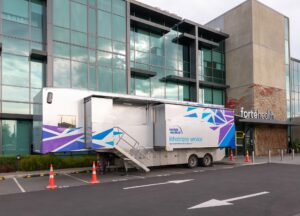
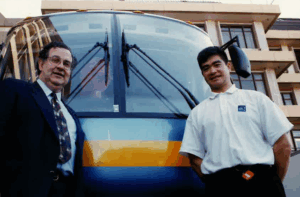
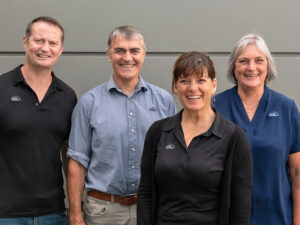
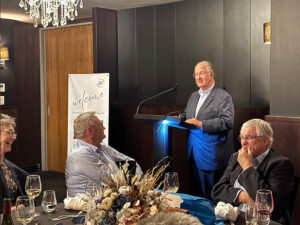

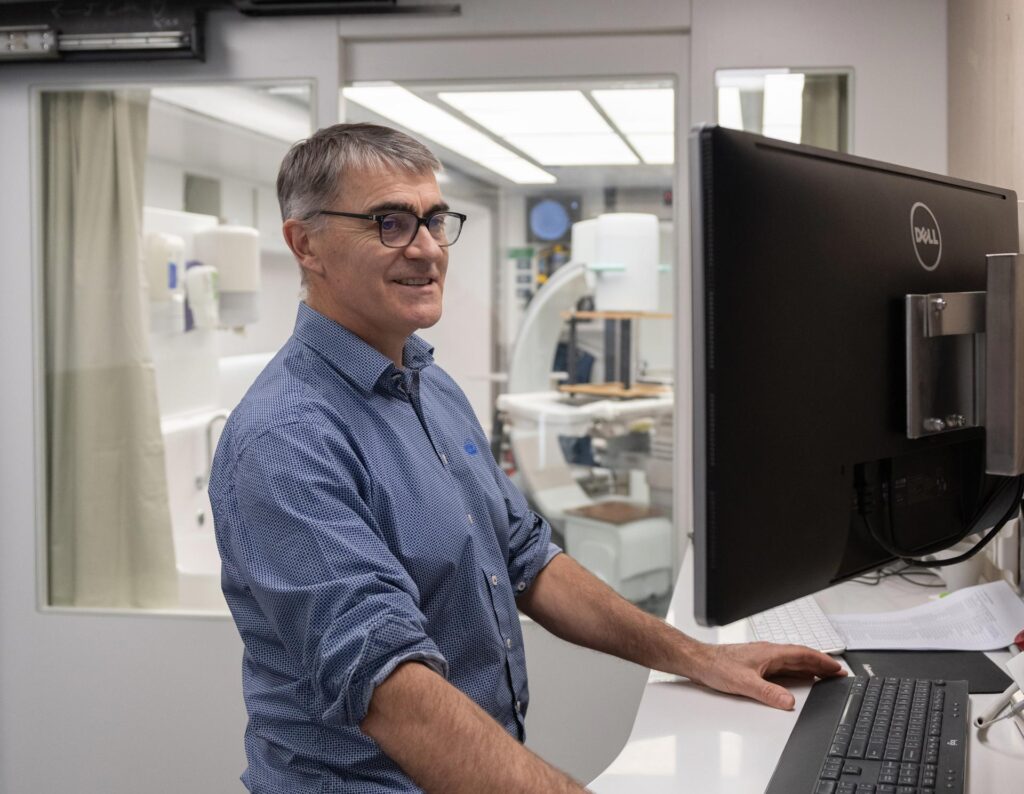 In 2000 Simon was offered a position on the mobile lithotripsy unit from Dr Stu Gowland, the co-founder of Mobile Medical, who was visiting Christchurch Radiology Group looking to recruit MRTs to work on the mobile unit. “…a lot of stars aligned that led to me working for MMT (Mobile Medical Technology).”
In 2000 Simon was offered a position on the mobile lithotripsy unit from Dr Stu Gowland, the co-founder of Mobile Medical, who was visiting Christchurch Radiology Group looking to recruit MRTs to work on the mobile unit. “…a lot of stars aligned that led to me working for MMT (Mobile Medical Technology).”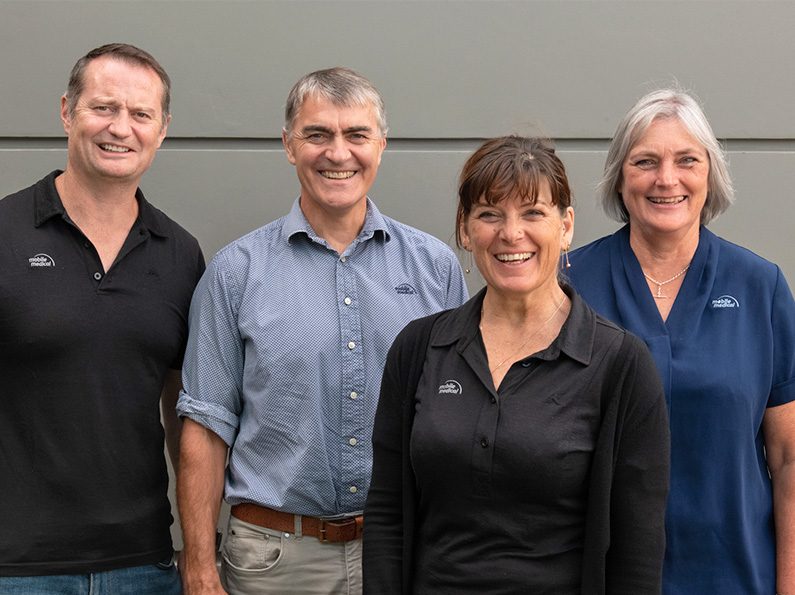

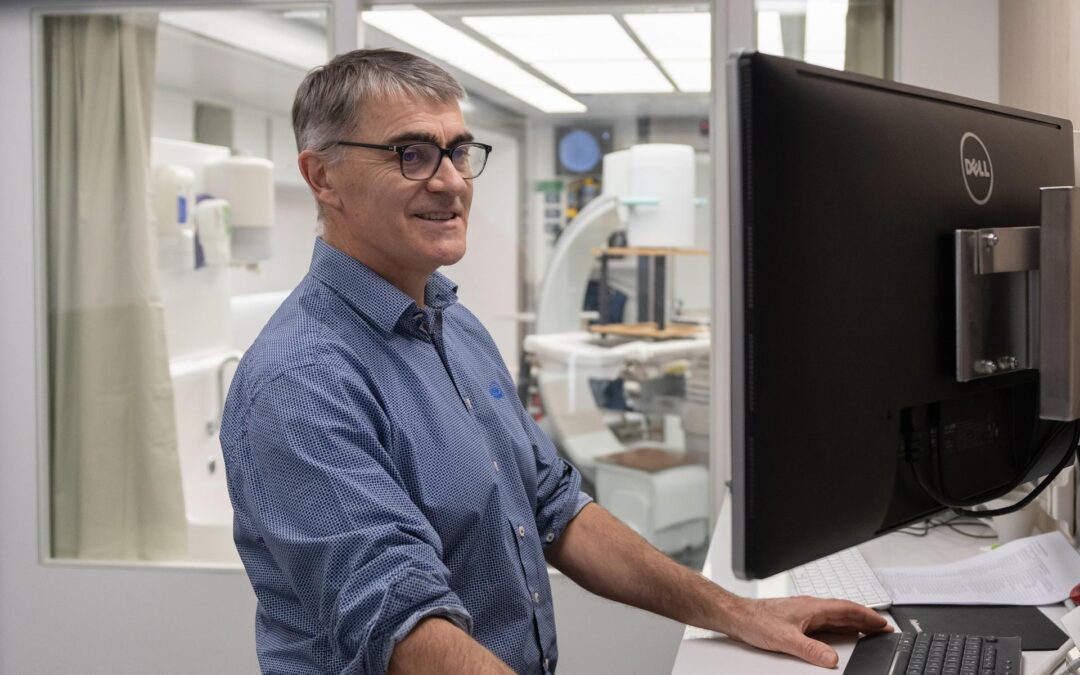
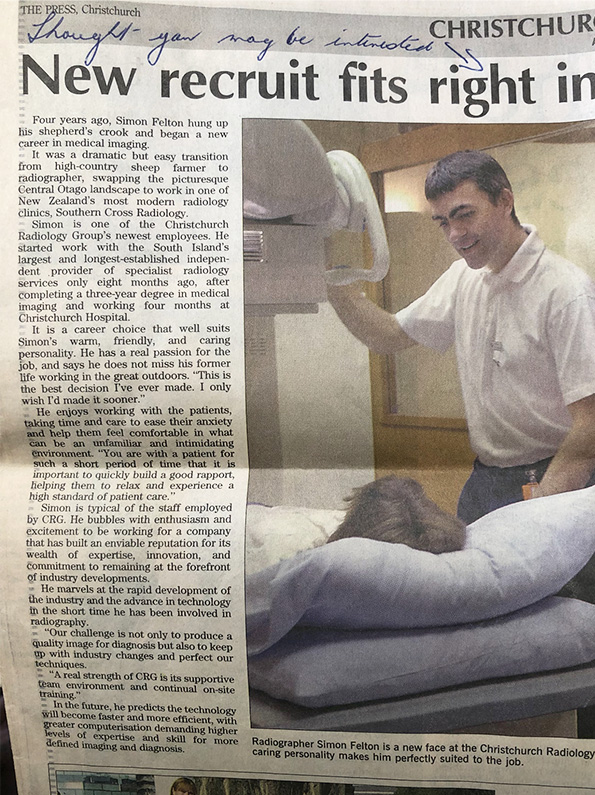 We are thrilled to celebrate the 25th anniversary of Simon Felton, a dedicated MIT who has been a cornerstone of our team. That’s a quarter of a century of invaluable expertise, innovation, commitment and probably a lot of coffee!
We are thrilled to celebrate the 25th anniversary of Simon Felton, a dedicated MIT who has been a cornerstone of our team. That’s a quarter of a century of invaluable expertise, innovation, commitment and probably a lot of coffee!